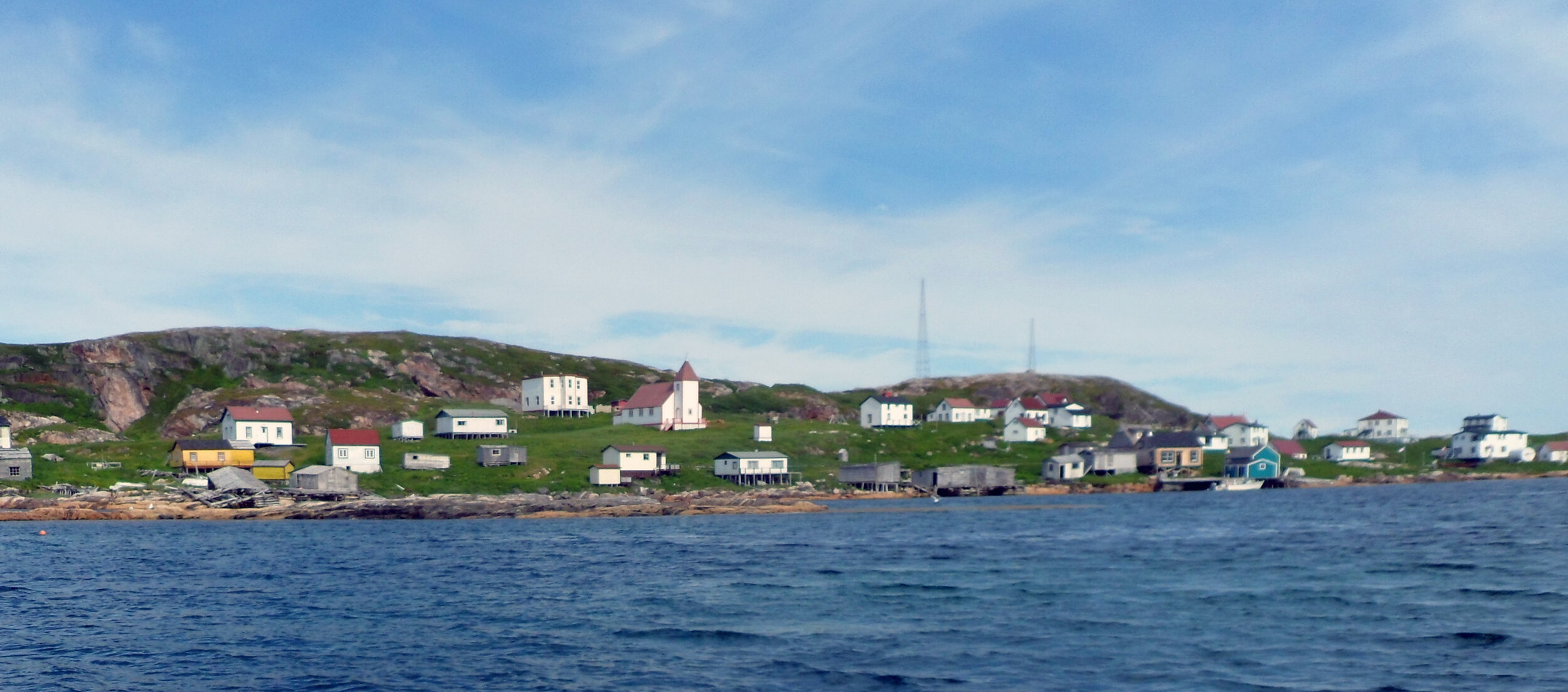31 March 2021
Labrador is a large, but sparsely populated, territory on the east coast of Canada. Along with the island of Newfoundland it forms the province of Newfoundland and Labrador, which became the tenth and most recent province of Canada when it joined the confederation on 31 March 1949.
The indigenous peoples of Labrador include the Inuit, the Southern Inuit, the Mi’kmaq, and the Innu.
The origin of the name Labrador is uncertain. It is probably from the sobriquet of the Portuguese explorer João Fernandes Lavrador (1453–1501), who was the first European to map the northeast coast of North America; lavrador means farmer in Portuguese, and it is cognate with the English laborer. (João Fernandes Lavrador is not to be confused with the earlier explorer João Fernandes who mapped the west coast of Africa in the first half of the fifteenth century.) The Portuguese Terra de Lavrador was originally applied to what is now called Greenland, but in the latter half of the sixteenth century that the name was shifted to what is now Labrador because Greenland had become the standard name for the former locale.
Another, less likely, origin is that it was so-called by Portuguese explorer Gaspar Corte-Real in 1501 when he saw the coastline being cultivated and named it Terra de Lavradores (Land of the Farmers).
The name appears in Latin c.1516, “terra nova [...] inventa de laboradore” (new land [...] discovered by Labrador), and in Spanish c.1525 “tierra del Labrador” (land of Labrador). The name appears in English by 1568 in a translation of André Thevet’s The New Found Worlde, which makes reference to the search for a Northwest passage to Asia:
Those of the lande of Labrador their neighbours, the which lande was discouered by the Spanyardes, thinking that by this coast they mighte finde a way more néerer to sayle to Moluques, wheras spices are in lyke maner subiecte to these coldes, and they couer their lodgyngs with the skynnes of fishes and of wylde beastes, as also do other Canadians.
The Labrador retriever breed of dog originated in the province. An early reference to the dogs and their disposition can be found in the Missionary Register of May 1815, but it unclear if this reference is to the breed we know today or just generally to the dogs that lived in Labrador. The passage is in the context of an arrival of a ship in the harbor:
Even the dogs in Labrador, by some peculiar instinct, have a presentiment of it; and, about the time the vessel may be expected, run up the hills, turn their noses sea-ward, prick their ears, wag their tails, and stand all day on the look-out, till perhaps at an immense distance perceiving the ship’s topsails rising above the waves, they give notice by howling, (for a Labrador Dog never barks), jumping, and every possible expression of delight, truly partaking in the general joy.
But the breed is clearly referred to in the pages of the New Sporting Magazine for February 1845:
Hence a telescope is an indispensable requisite for the duck-shooter; and in either case a first-rate water spaniel or Labrador retriever should be an inseparable companion.
Sources:
Missionary Register, May 1815, 234. Gale Primary Sources: Nineteenth Century UK Periodicals.
Oxford English Dictionary, third edition, March 2021, s.v. Labrador, n.
Rayburn, Alan. Oxford Dictionary of Canadian Place Names. Don Mills, Ontario: Oxford UP Canada, 1999.
Thevet, André. The New Found Worlde. London: Henrie Bynneman for Thomas Hacket, 1568, 125v. Early English Books Online (EEBO).
Willowdale, Charles. “Duck-Shooting.” New Sporting Magazine (London), February 1845, 85. ProQuest Historical Periodicals.
Photo credit: Mo Laidlaw, 2012. Licensed under a Creative Commons Attribution-Share Alike 3.0 Unported license.

